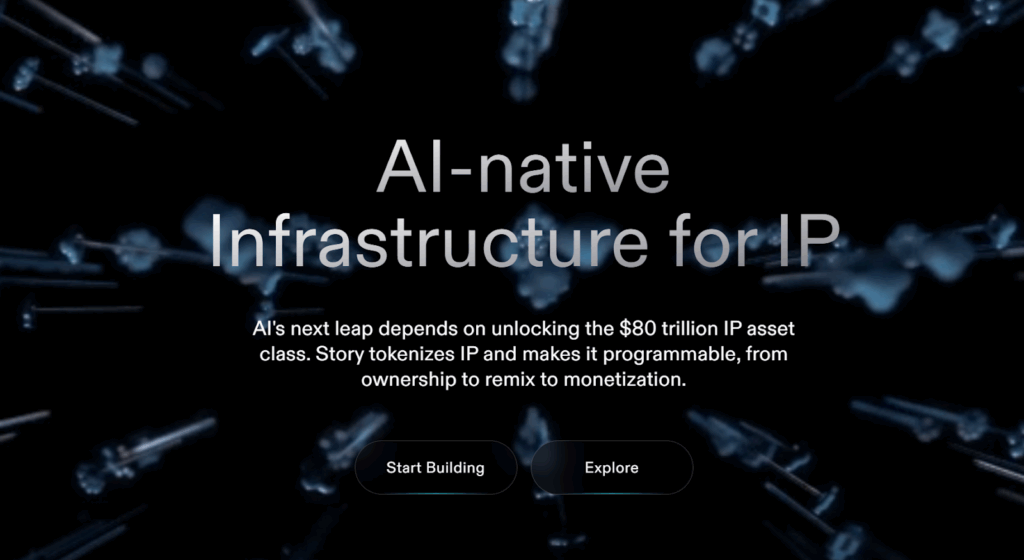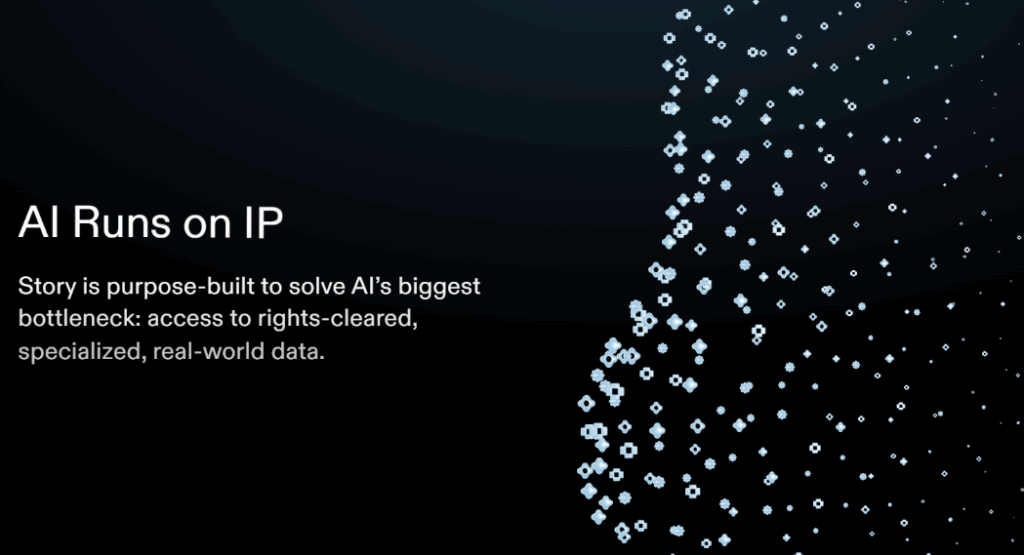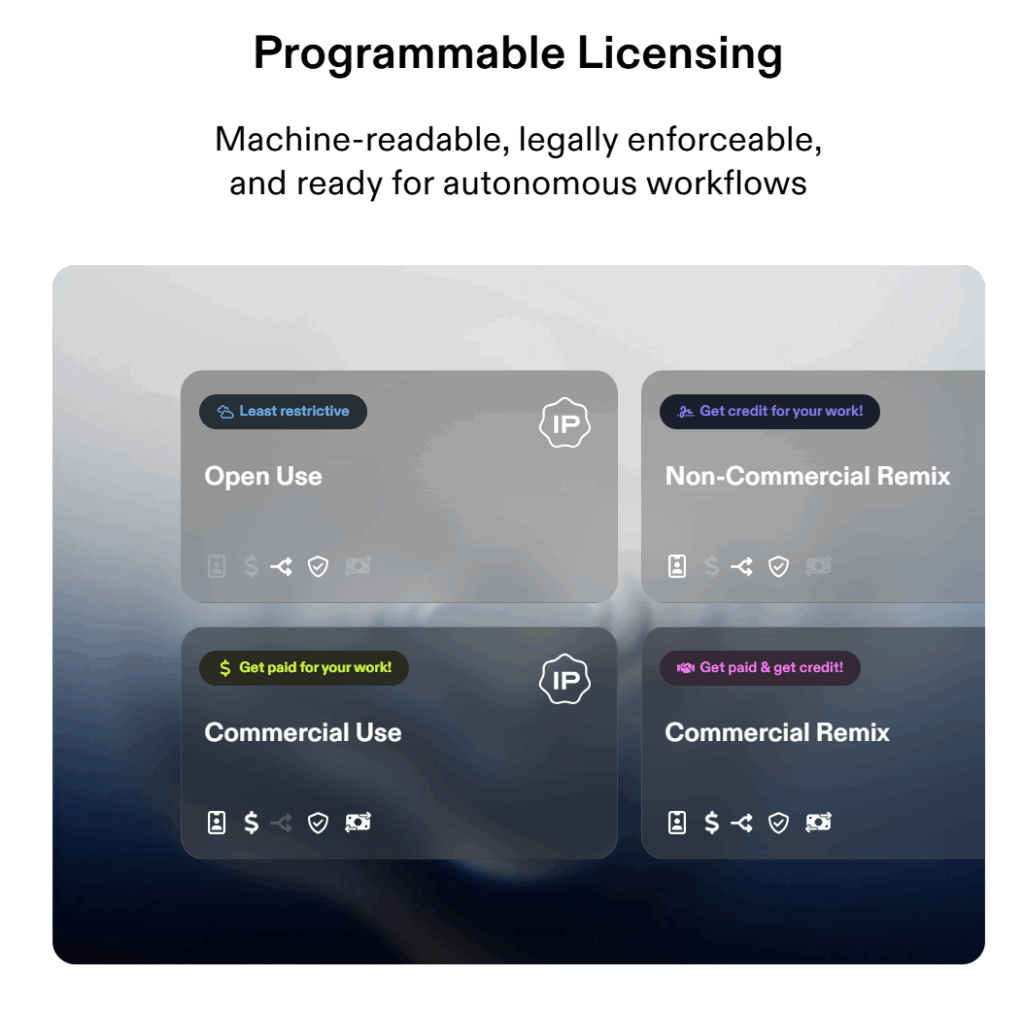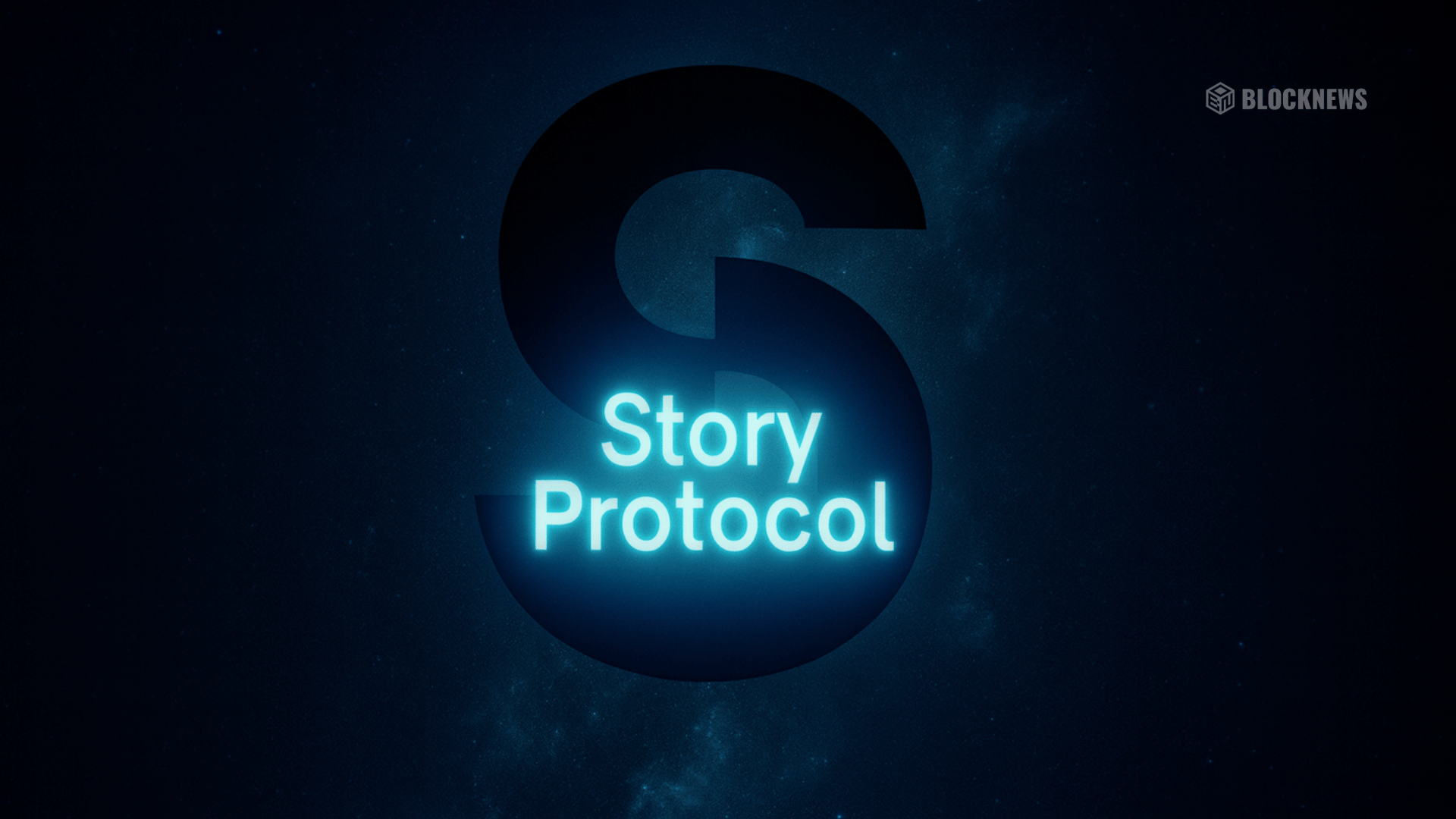- Story Protocol transforms intellectual property into programmable NFTs with automated licensing and royalties, solving long-standing attribution and monetization issues.
- Backed by a16z, Polychain, and Samsung NEXT, the project is already attracting over 135 ecosystem partners and AI developers.
- With deflationary tokenomics and real-world creator adoption, the $IP token could emerge as one of the strongest crypto buys of 2025.
Story Protocol, a purpose-built Layer 1 blockchain, is positioning itself as the foundation for intellectual property in the digital and AI era. Backed by heavyweights like a16z Crypto, Polychain Capital, and Samsung NEXT, the project is rapidly emerging as one of the most ambitious attempts to rewire how intellectual property is managed, licensed, and monetized. And with momentum building across both technology and markets, Story Protocol is no longer just another blockchain experiment. It is aiming to become the essential infrastructure layer for creators, enterprises, and AI systems. So, let us take a closer look at what makes Story Protocol a bold contender in the race to reshape the IP economy.

What is Story?
Story Protocol is a purpose-built Layer 1 blockchain designed to register, license, and monetize intellectual property as on-chain assets. It transforms creative works into programmable NFTs, enabling creators to embed licensing terms, automate royalties, and track derivative usage across platforms. Unlike general-purpose chains, Story is optimized for complex IP graphs, making it the first blockchain capable of handling the tangled web of ownership, remixing, and attribution that defines modern creativity.
At its core, the protocol is built on an EVM-compatible execution environment, secured by CometBFT consensus, and powered by the $IP token. It supports everything from music and art to AI training datasets and collaborative fictional universes. So, whether you are an independent artist, a data scientist, or an AI developer, Story offers a frictionless way to tokenize your work and get paid for its use.

Core Components
Story Protocol‘s architecture is modular, aggressive, and unapologetically creator-first. Each component is engineered to automate what used to take lawyers, paperwork, and months of negotiation. Together, they form a system where ownership is instant, licensing is programmable, and royalties are non-negotiable. Key components include:
Story Network (Layer 1 Blockchain)
The Story Network forms the foundation of the system. EVM compatibility ensures seamless migration for developers, while optimizations allow the chain to handle complex IP relationships. Built on CometBFT consensus, it offers rapid transaction finality and low fees, making it viable for everyday licensing and royalty settlements.
Proof-of-Creativity Protocol
This framework governs how intellectual property is registered and managed. IP Assets are minted as NFTs, encapsulating ownership, licensing, and royalty data. Each asset is tied to an IP Account, a smart account that manages interactions with modules like licensing and royalties. This structure ensures clear attribution, traceability, and automated revenue flows.
Programmable IP License (PIL)
The PIL is the legal and technical bridge. It standardizes licensing into enforceable templates, mirrored on-chain by smart contracts. A creator can set remix rules, royalty splits, and usage rights. These agreements are executed automatically, ensuring compliance without the need for expensive legal negotiations. PIL represents a new level of interoperability between code and law.
Agent-to-Agent IP (ATCP/IP)
This protocol enables autonomous AI agents to negotiate, license, and transact IP usage with one another. It lays the groundwork for machine-to-machine IP economies, where AI-generated content can be remixed, monetized, and attributed without human intervention. Essentially, as AI becomes a dominant force in content creation, ATCP/IP ensures that original creators are not left behind.

What Problems Does It Solve?
Story Protocol eliminates the inefficiencies of traditional IP management. It replaces paperwork with smart contracts, lawyers with modules, and opaque licensing with programmable transparency. It solves the attribution crisis in AI training, where models consume vast amounts of uncredited data. It empowers creators to monetize derivative works, track usage, and receive royalties in real time.
The protocol also addresses the fragmentation of IP across jurisdictions. By creating a global registry with embedded legal logic, Story makes IP interoperable across borders. It democratizes access to licensing, allowing small creators to compete with large occupants. All in all, it turns IP into a liquid asset class, unlocking new financial models and revenue streams.

Utility and Offerings
Story Protocol is designed to route value with zero friction for all things IP related. To achieve this, it deploys a tightly integrated set of utilities that automate ownership, licensing, monetization, and governance across its network. This includes:
$IP Token
The native utility token powers transactions, staking, and governance. It serves as gas for all on-chain actions, collateral for validator security, and voting weight in the Story DAO. The token has deflationary mechanics, with a portion of each transaction burned to reduce supply. Its total supply is capped at one billion, with 25 percent unlocked at launch and the rest vested over 48 months.
Protocol Modules
Story provides specialized modules that automate critical functions.
- Licensing Module – This module attaches enforceable terms to IP Assets, defining how they can be reused, remixed, or monetized. It automates licensing agreements, ensuring that creators are compensated without manual negotiation.
- Royalty Module – Automates revenue distribution across original and derivative works. It calculates shares based on licensing relationships and routes payments directly to wallets, eliminating disputes and delays.
- Dispute Module – Provides a structured process for challenging IP registrations or improper usage. Flagged assets are restricted from monetization until resolved, protecting legitimate creators from exploitation.
- Grouping Module – Combines multiple IP Assets under shared terms, enabling collaborative collections with unified licensing and royalty logic. It simplifies management for teams and communities.
- Metadata Module – Records and manages descriptive information for IP Assets. Creators can freeze metadata to ensure permanence, providing trust and transparency for buyers and collaborators.
Together, these modules streamline processes that previously required complex legal machinery.

Ecosystem Highlights
Story Protocol has quickly become a hub for over 135 projects building on its blockchain. Platforms like Aria, Mahojin, Ablo, and Sekai are redefining cultural finance, AI-powered derivatives, and collaborative content creation. Moreover, the mainnet launch, paired with an airdrop campaign, boosted adoption among creators and developers, demonstrating the platform’s real-world utility in managing and monetizing intellectual property.
In addition to this, investor and institutional interest continue to grow. AI developers are integrating Story into training pipelines, while enterprises explore IPFi applications to leverage IP as liquid, revenue-generating assets.

Roadmap and Plans Ahead
Looking ahead, Story plans to scale adoption across creative industries and AI infrastructure. Key initiatives include:
- Expanding partnerships with entertainment companies, gaming studios, and research institutions.
- Enhancing composability for derivatives, making large-scale universe-building projects seamless.
- Growing IPFi markets, turning tokenized IP into collateral and liquidity assets.
- Advancing AI integration, particularly agent-to-agent licensing through Agent TCP/IP.
- Rolling out developer grants and community incentive programs to accelerate ecosystem growth.
Final Thoughts
In conclusion, Story Protocol is an ambitious attempt to transform intellectual property into a programmable, borderless, and automated system. Essentially, by combining legal enforceability with decentralized infrastructure, it positions itself as the backbone of a future where creators, businesses, and AI agents interact seamlessly. So, as adoption continues to scale, Story could become the default operating system for the world’s creative and intelligence economy, unlocking trillions in untapped value.














